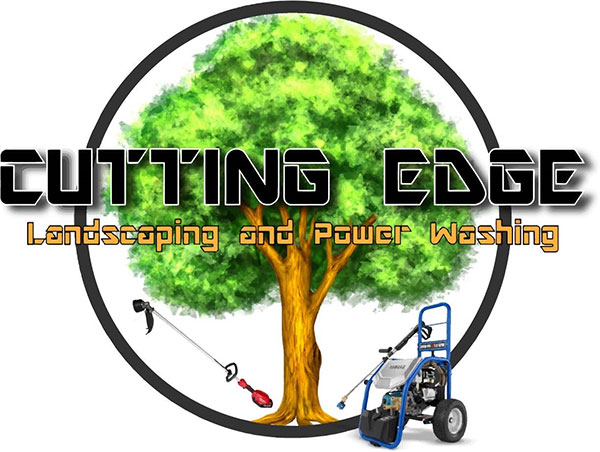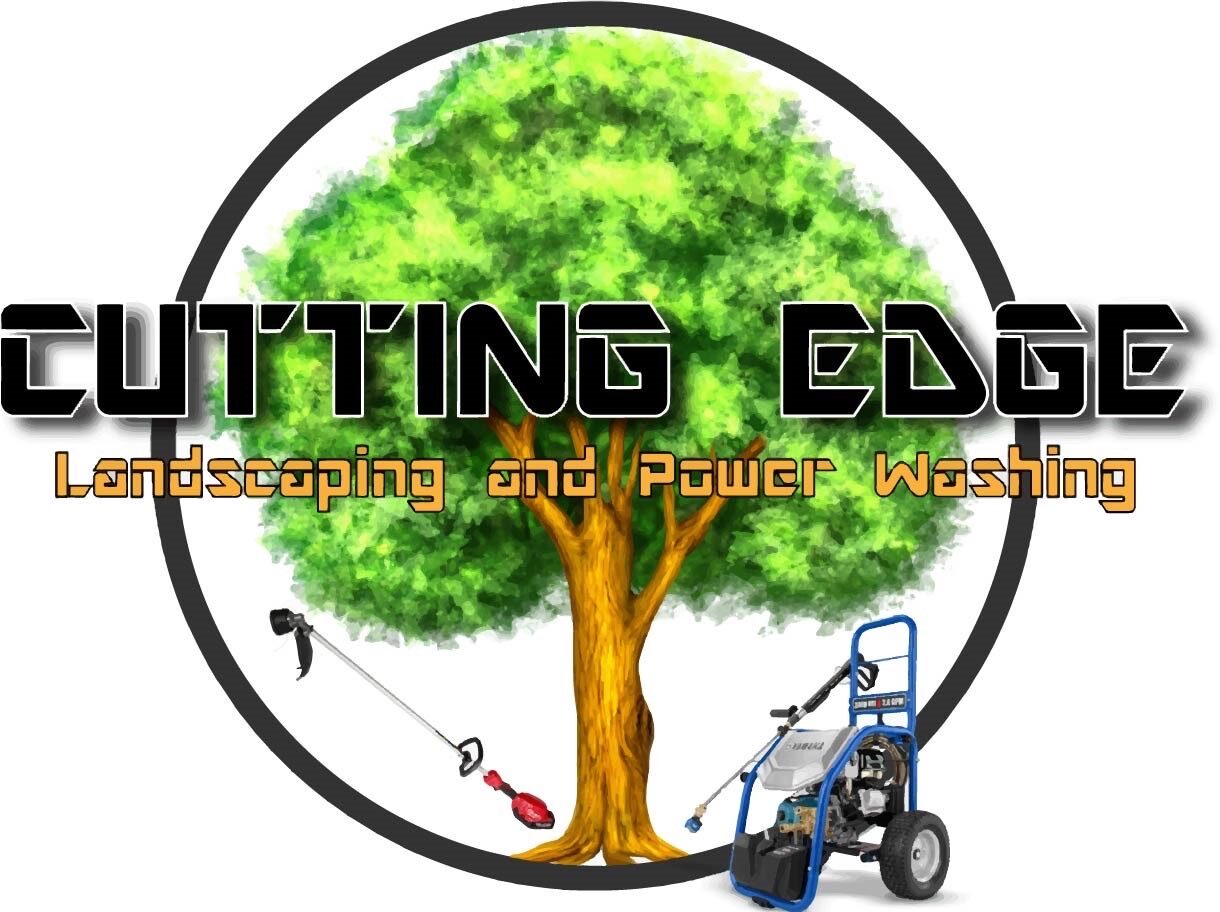Are you dreaming of a lush green yard that will be the envy of your neighborhood? Well, proper lawn mowing techniques are the key to achieving that picture-perfect landscape. This article will explore the essential tips and tricks to help you mow your lawn like a pro.
Importance of proper lawn mowing
Maintaining a well-manicured lawn not only enhances the aesthetic appeal of your property but also promotes healthy growth of the grass. Proper lawn mowing is essential for many reasons.
Firstly, regular mowing helps remove the grass’s top growth, which encourages denser and healthier growth from the base. Cutting off the tips of the grass blades prevents the grass from becoming straggly and encourages it to spread out, creating a luscious carpet-like appearance.
Secondly, mowing at the right frequency and height helps to control weeds. Keeping your lawn at the proper height shades the soil, making it difficult for weeds to germinate and grow. Additionally, removing the top portion of the weeds during mowing prevents them from flowering and spreading their seeds, effectively reducing the weed population in your yard.
Lastly, proper lawn mowing promotes a stronger root system. When you mow your lawn at the correct height, the grass is forced to develop deeper roots to access moisture and nutrients. This results in a more resilient, drought-tolerant lawn that can withstand various environmental stressors.
Choosing the right lawn mower
Selecting the right lawn mower is crucial for achieving a well-manicured lawn. Several types of mowers are available, each with advantages and suitability for different lawn sizes and terrains.
For smaller yards, a push reel mower is a great choice. These manual mowers are environmentally friendly, as they do not require gas or electricity and provide a precise and clean cut. However, they may require more effort, especially if you have a larger lawn.
A gas-powered or electric lawn mower may be more suitable if you have a larger lawn. Gas-powered mowers are generally more powerful and can handle larger areas, while electric mowers are quieter and emit zero emissions. Consider your lawn size, physical capabilities, and environmental preferences when choosing a lawn mower.
Lawn mowing frequency
The frequency with which you mow your lawn greatly influences its overall health and appearance. Generally, it is best to mow regularly, removing no more than one-third of the grass height at a time.
During the peak growing season, typically in the spring and fall, you may need to mow your lawn once a week or even more frequently, depending on the growth rate. In the summer months, when growth slows down due to heat, you can reduce the frequency to every two weeks.
Maintaining a consistent mowing schedule prevents the grass from becoming too long and untidy while avoiding the stress of removing too much foliage at once.
Lawn mowing height
The lawn mower’s cutting height is critical in maintaining a healthy and attractive lawn. Different grasses have different height requirements, so it’s important to know the optimal cutting height for your specific grass species.
Generally, keeping the grass at a height of 2.5 to 3 inches is best. This height allows for sufficient leaf surface to promote photosynthesis and healthy growth while shading the soil and preventing weed growth.
During the hotter summer months, raising the cutting height to 3.5 inches can be beneficial. This provides additional shade to the soil, reducing evaporation and helping the grass retain moisture. However, be mindful not to let the grass grow too tall, as it can create a habitat for pests and diseases.
During the cooler seasons, such as spring and fall, you can lower the cutting height to around 2 inches. This helps prevent the growth of weeds and keeps the lawn looking neat and tidy.
Lawn mowing patterns
The pattern in which you mow your lawn can significantly affect its appearance. By alternating the mowing direction, you can create a striped or checkerboard effect, adding visual interest to your yard.
One popular mowing pattern is the diagonal pattern. Start by mowing parallel to one edge of your lawn, then mow diagonally in the opposite direction on the next pass. This pattern creates an attractive diamond-like effect and helps prevent the formation of ruts.
Another pattern to consider is the spiral pattern. Begin by mowing in a tight circle from the center of your lawn outward. As you move away from the center, gradually increase the radius of your circle. This pattern creates a visually appealing spiral effect and can be particularly striking in larger lawns.
Remember to overlap each pass slightly to ensure you don’t miss any spots, regardless of the pattern you choose. This will result in an even and uniform cut throughout your lawn.
Preparing the lawn for mowing
Before you start mowing, preparing your lawn to ensure the best possible results is important. Here are a few steps you can take to get your lawn ready for a trim:
- Clear the lawn of any debris, such as sticks, stones, or toys, that could damage your mower or cause an uneven cut.
- Trim any overhanging branches or shrubs that could obstruct your path or pose a safety hazard.
- Check the condition of your mower blades and replace or sharpen them if necessary. Dull blades can tear the grass instead of cutting it cleanly, resulting in a ragged appearance and increased disease susceptibility.
By taking the time to prepare your lawn properly, you’ll be setting yourself up for success and ensuring a smooth and efficient mowing process.
Tips for efficient lawn mowing
To make your lawn mowing experience as efficient and effective as possible, consider the following tips:
- Start mowing in the early morning or late afternoon when the temperature is cooler. Mowing in extreme heat can stress both you and your lawn.
- Avoid mowing when the grass is wet, as it can cause clumping and uneven cuts. Wait until the grass is dry before you begin.
- Vary your mowing direction to prevent soil compaction and encourage upright growth of the grass.
- Use a mulching mower or attach a grass catcher to collect clippings if you prefer a neater appearance. Alternatively, you can leave the clippings on the lawn, as they act as a natural fertilizer and help retain moisture.
- Take breaks and stay hydrated, especially during hot weather, to avoid exhaustion and dehydration.
By following these tips, you can streamline your lawn mowing process and achieve optimal results with minimal effort.
Common lawn mowing mistakes to avoid
While proper lawn mowing techniques are crucial, it’s equally important to avoid common mistakes that can harm your lawn. Here are a few pitfalls to steer clear of:
- Cutting the grass too short, also known as scalping, can weaken the grass and make it more susceptible to diseases, pests, and weed invasion.
- Mowing with dull blades can result in ragged cuts and increase the risk of fungal infections. Regularly sharpen or replace your mower blades for a clean and precise cut.
- Mowing in the same direction every time can lead to soil compaction and create unsightly ruts in your lawn. Alternate your mowing direction to promote even growth and prevent damage.
- Ignoring the proper mowing height for your specific grass species can inhibit healthy growth and promote weed infestation. Research the optimal cutting height for your grass and adjust your mower accordingly.
- Neglecting to clean your mower after use can cause grass clippings to build up, clog the mower, and hinder its performance. Regularly remove clippings and debris from your mower to keep it in optimal condition.
By avoiding these common mistakes, you can ensure that your lawn remains healthy, vibrant, and beautiful all year round.
Lawn mowing tools and equipment
To achieve professional-looking results, it’s important to have the right tools and equipment. Here are some essential items you’ll need for effective lawn mowing:
- Lawn mower: Choose a mower that suits the size and terrain of your lawn, whether it’s a push reel mower, gas-powered mower, or electric mower.
- Mower blades: Keep your blades sharp to ensure a clean cut. Regularly inspect and sharpen them or replace them if necessary.
- Grass catcher or mulching attachment: Depending on your preference, use a grass catcher to collect clippings or attach a mulching kit to recycle them back into the lawn.
- Trimmer or edger: Use a trimmer or edger to tidy up the edges of your lawn and create a polished look.
- Rake: Use a rake to remove any clippings, leaves, or debris from your lawn after mowing.
Investing in quality tools and equipment will not only make your mowing experience more enjoyable but also contribute to the overall health and appearance of your lawn.
Conclusion
By implementing these lawn-mowing techniques, you can transform your yard into a verdant paradise that will impress everyone who passes by. Remember to choose the right time to mow, adjust the cutting height according to the season, and employ proper mowing techniques such as diagonal patterns and overlapping passes. Regular maintenance, including sharpening blades and preparing the lawn, is essential for achieving optimal results.
With the right tools and a little bit of effort, you can achieve a lush green yard that will be the envy of your neighborhood. So grab your mower and get ready to elevate your lawn care game!
Lawn mowing techniques for a lush green yard | Blog Article | Cutting Edge Mowing | All Rights Reserved | Greenville SC
This blog article is written by Larry O Miller, a highly skilled assistant specializing in copywriting, content writing, and digital marketing. For all your writing and marketing needs, contact SEO After Coffee for professional and compelling content that drives results.

